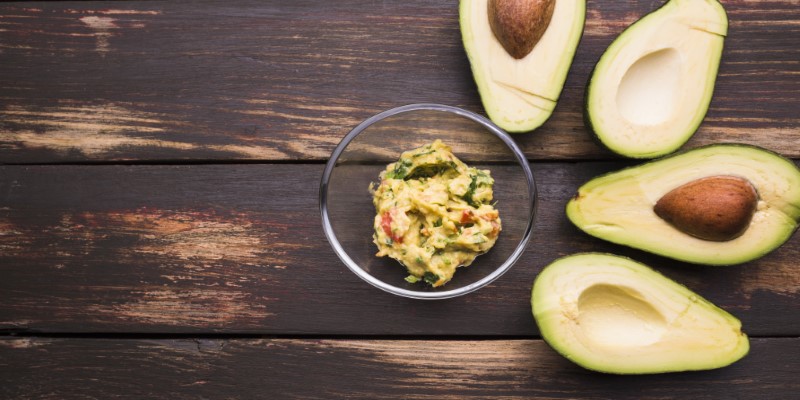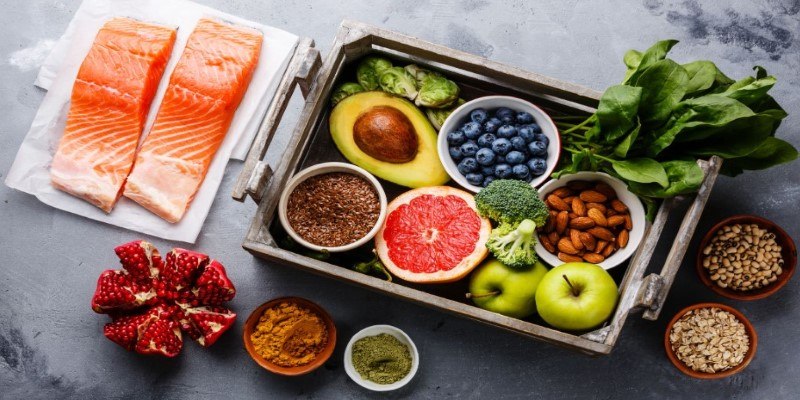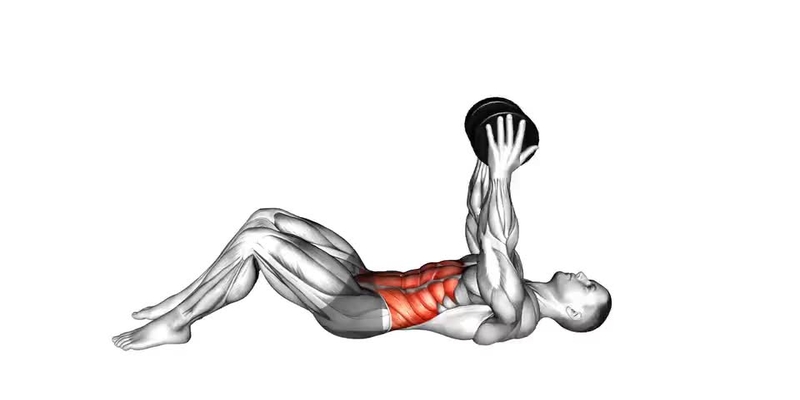High blood pressure, or hypertension, is often dubbed the "silent killer" because it can develop without obvious symptoms yet lead to severe health problems if left unchecked. Managing this condition effectively involves more than just medication; your diet plays a critical role. With the right foods, you can help regulate your blood pressure and improve your overall health.
In this article, well delve into the top foods to include in your diet for managing high blood pressure, drawing on the latest research from 2024. By making thoughtful dietary choices, you can take significant steps toward maintaining a healthier heart and a more balanced lifestyle.
Before discussing dietary recommendations, it's essential to understand what high blood pressure is and why it's a concern. Blood pressure measures the force of blood against the walls of your arteries.
When this pressure is consistently high, it can lead to serious health complications, including heart disease, stroke, and kidney damage. Managing blood pressure through lifestyle changes, particularly diet, is a fundamental part of maintaining good health.
Heres a look at some top foods to consider for high blood pressure management.
Leafy greens are among the best foods to incorporate into your diet if you're managing high blood pressure. Vegetables such as spinach, kale, and Swiss chard are rich in potassium. Potassium helps balance the amount of sodium in your cells, which is crucial for maintaining healthy blood pressure levels. Studies have shown that increasing potassium intake can effectively reduce blood pressure in individuals with hypertension.

Berries, particularly blueberries, strawberries, and raspberries, are excellent additions to a hypertension-friendly diet. They are rich in antioxidants, especially flavonoids, which have been shown to improve blood vessel function and lower blood pressure. A 2024 study found that regular consumption of berries was associated with a noticeable reduction in both systolic and diastolic blood pressure. Add a handful of berries to your morning cereal or yogurt to enjoy their health benefits.
Beets are another exceptional food for those with high blood pressure. They are high in nitrates, which the body converts into nitric oxide. This compound helps dilate blood vessels, improving blood flow and reducing blood pressure. Research in 2024 has highlighted the effectiveness of beet juice and cooked beets in lowering blood pressure levels. Consider adding beets into your diet through salads, juices, or as a roasted vegetable side dish.
Oats: A Whole Grain Essential
Whole grains like oats are beneficial for managing high blood pressure due to their high fiber content. Fiber helps lower cholesterol levels and supports healthy blood vessel function. Oats, in particular, contain beta-glucan, a type of soluble fiber that has been shown to reduce blood pressure. Enjoy a bowl of oatmeal for breakfast, or add oats to your baking recipes to enhance your fiber intake.
Fatty fish, including salmon, mackerel, and sardines, are rich in omega-3 fatty acids, which have been proven to reduce blood pressure and improve heart health. Omega-3s help relax blood vessels and reduce inflammation, which can contribute to lower blood pressure levels. The American Heart Association recommends consuming fatty fish at least twice a week. Grilling or baking fish is a healthy preparation method that preserves its beneficial properties.
Nuts and seeds, such as almonds, walnuts, flaxseeds, and chia seeds, are excellent for maintaining healthy blood pressure. They provide essential nutrients like magnesium, potassium, and healthy fats, which are important for cardiovascular health. Magnesium helps regulate blood pressure by relaxing blood vessels and improving blood flow. A 2024 study highlighted the benefits of including a small handful of nuts and seeds in your daily diet for optimal blood pressure management.
Garlic has long been praised for its health benefits, including its ability to lower blood pressure. It contains allicin, a compound known for its vasodilatory effects, which help relax blood vessels and improve blood flow. Recent research has confirmed that consuming garlic regularly can lead to significant reductions in blood pressure. You can add garlic to various dishes to enhance flavor while reaping its health benefits.
Beans and lentils are rich in potassium, fiber, and magnesium, making them great choices for managing high blood pressure. They are also low in fat, which supports overall heart health. Adding beans and lentils into soups, stews, or salads can provide a substantial nutrient boost while helping to maintain healthy blood pressure levels.

Avocados are a nutrient-dense fruit that supports heart health and blood pressure management. They are high in potassium, which helps balance sodium levels and supports healthy blood vessel function. Additionally, avocados contain monounsaturated fats, which can improve cholesterol levels. Adding avocado slices to your salads or smoothies can be a tasty way to enjoy its health benefits.
Dark chocolate, particularly in varieties with at least 70% cocoa content, can be beneficial for blood pressure. It contains flavonoids that help relax blood vessels and improve circulation. Moderation is key, as consuming excessive amounts can lead to added sugars and fats, counteracting the benefits. Enjoy a small piece of dark chocolate as an occasional treat to support your blood pressure management efforts.
Managing high blood pressure through dietary choices is an effective strategy for improving overall health and reducing the risk of related complications. By including foods like leafy greens, berries, beets, oats, fatty fish, nuts, garlic, beans, avocados, and dark chocolate in your diet, you can help maintain healthy blood pressure levels.
These foods are not only beneficial but also versatile and enjoyable, making it easier to stick to a hypertension-friendly diet. As always, its essential to consult with a healthcare professional before making significant changes to your diet, especially if you have underlying health conditions.

By Maurice Oliver/Sep 20, 2024

By Christin Shatzman/Sep 25, 2024

By Noa Ensign/Sep 20, 2024

By Alison Perry/Sep 20, 2024

By Celia Kreitner/Sep 26, 2024

By Elva Flynn/Oct 31, 2024

By Vicky Louisa/Sep 25, 2024

By Georgia Vincent/Sep 26, 2024

By Maurice Oliver/Sep 20, 2024

By Madison Evans/Sep 21, 2024

By Sean William/Sep 26, 2024

By Elena Davis/Sep 26, 2024